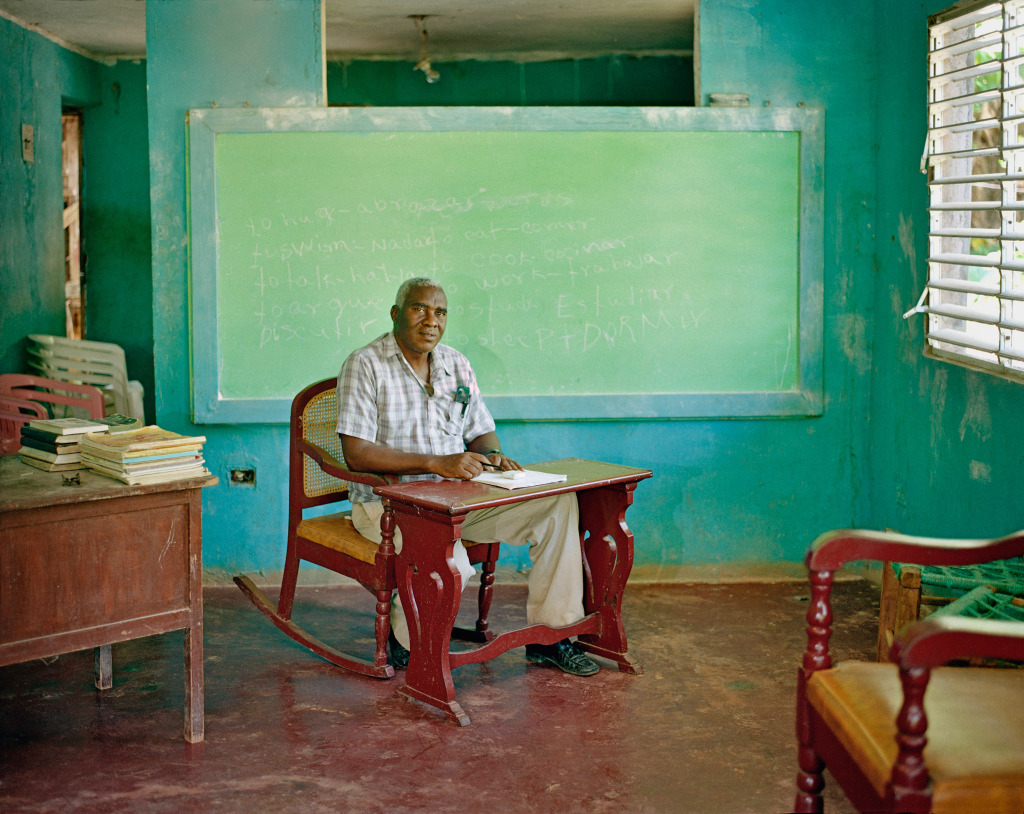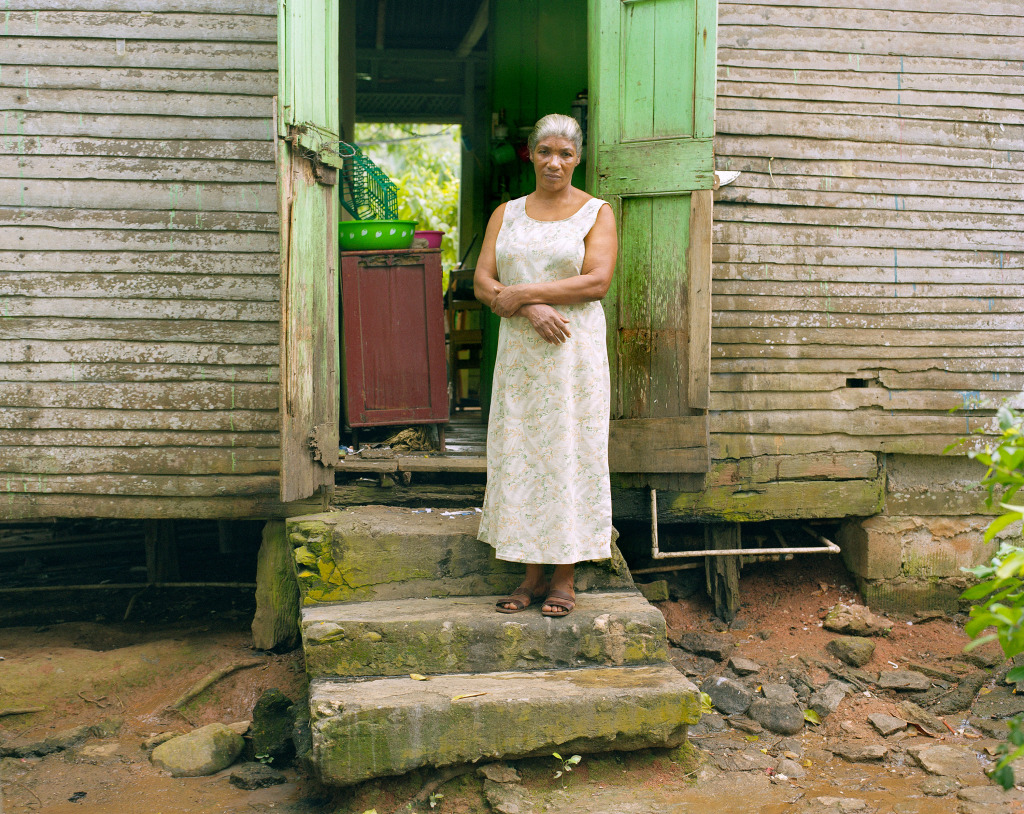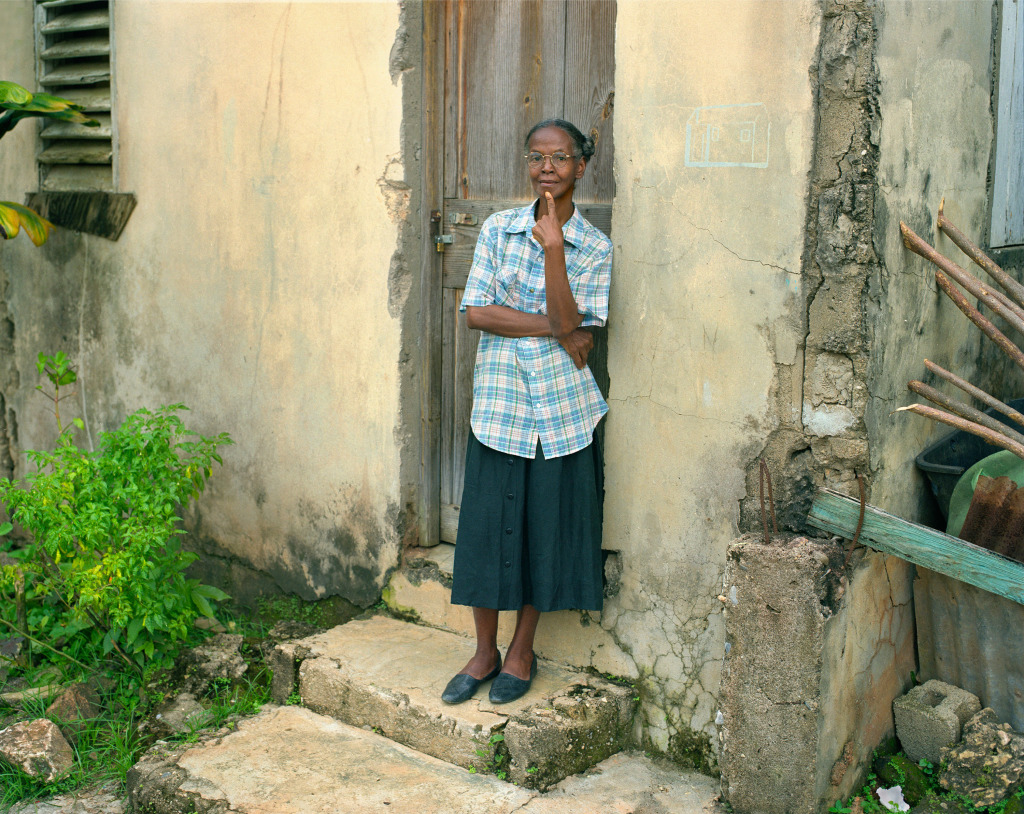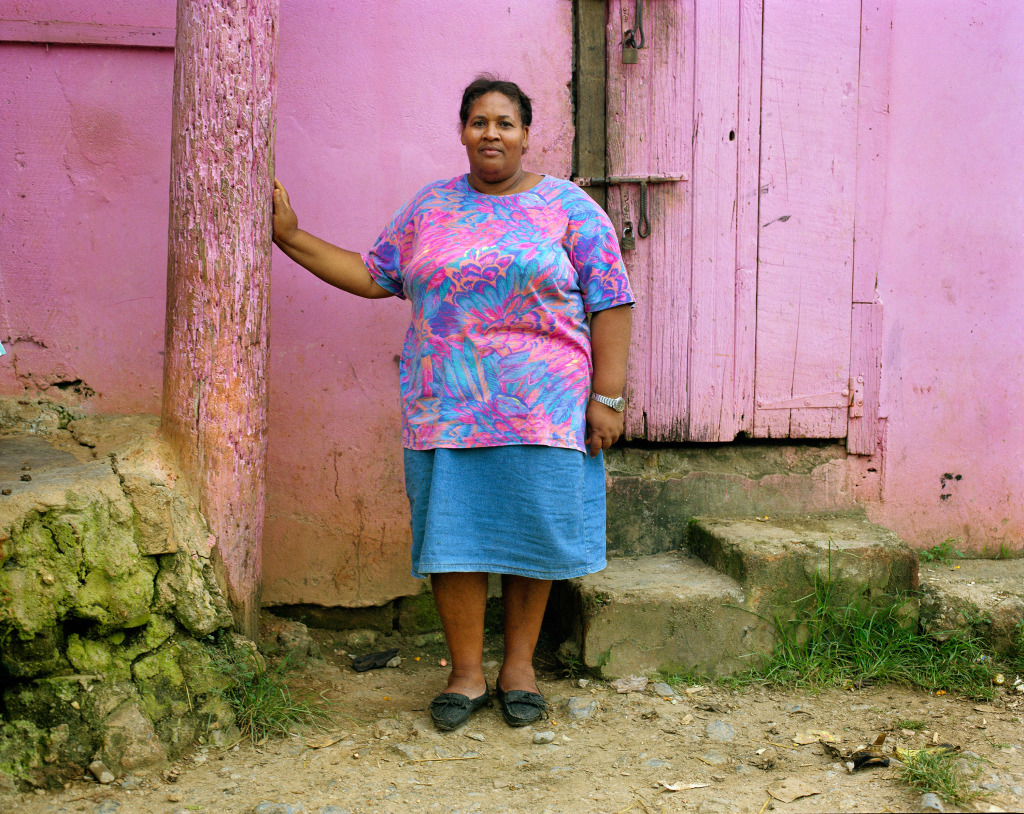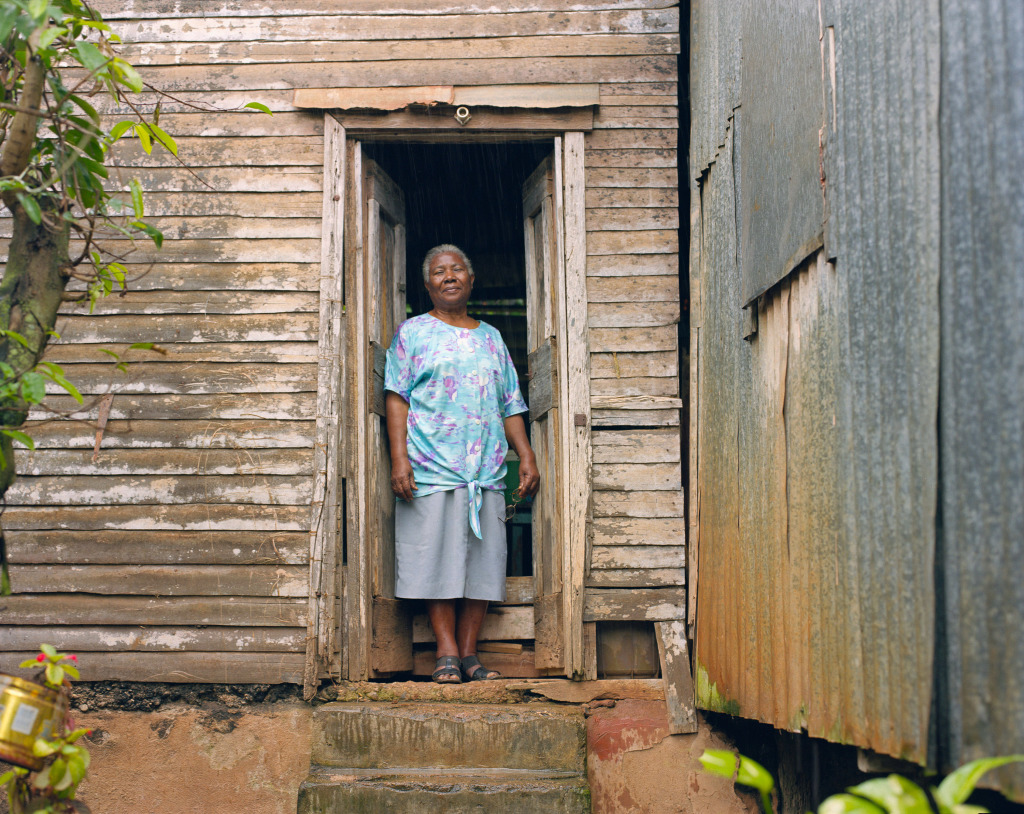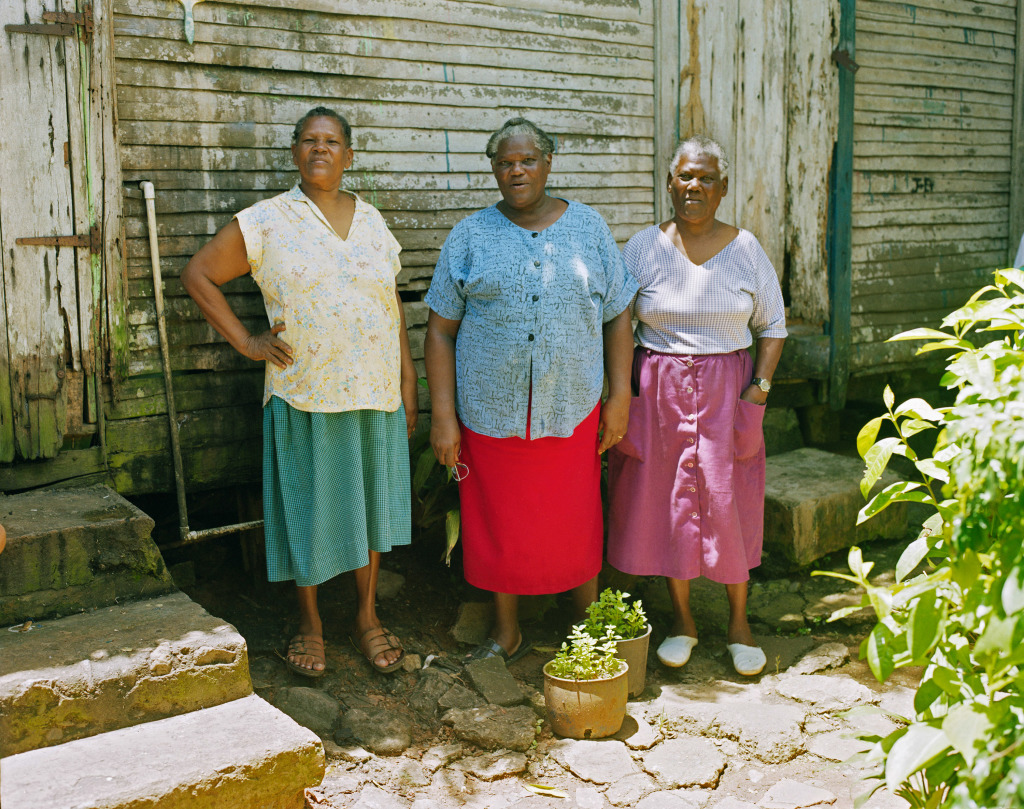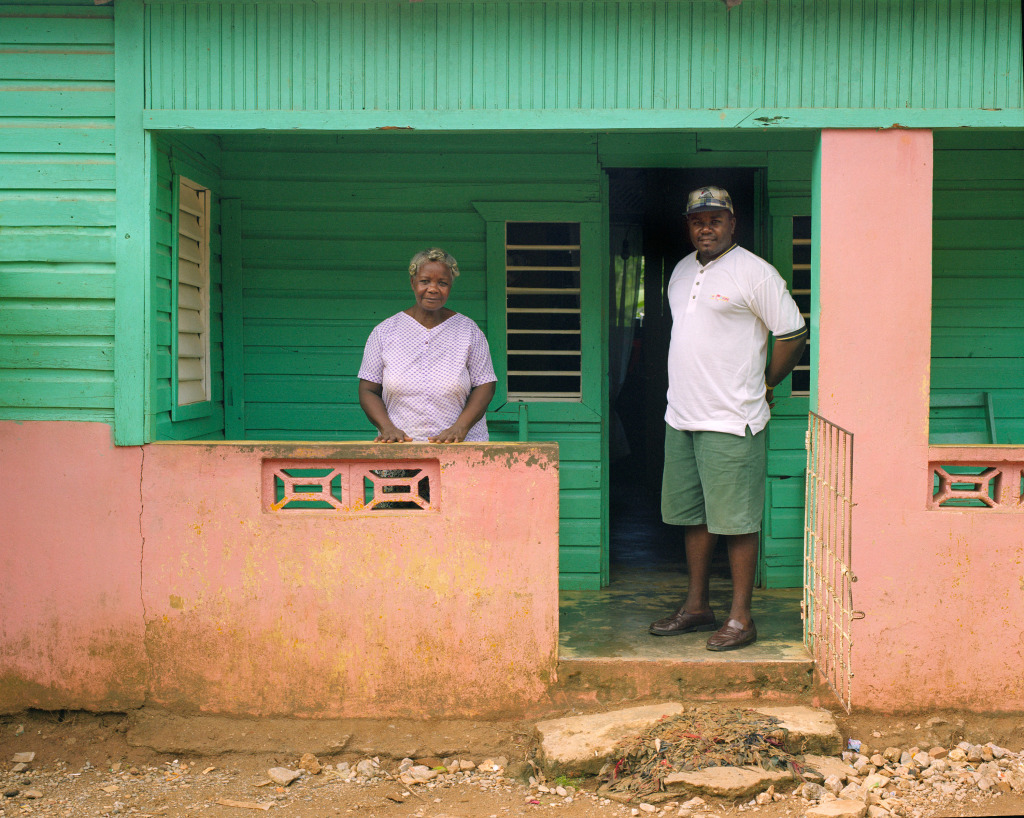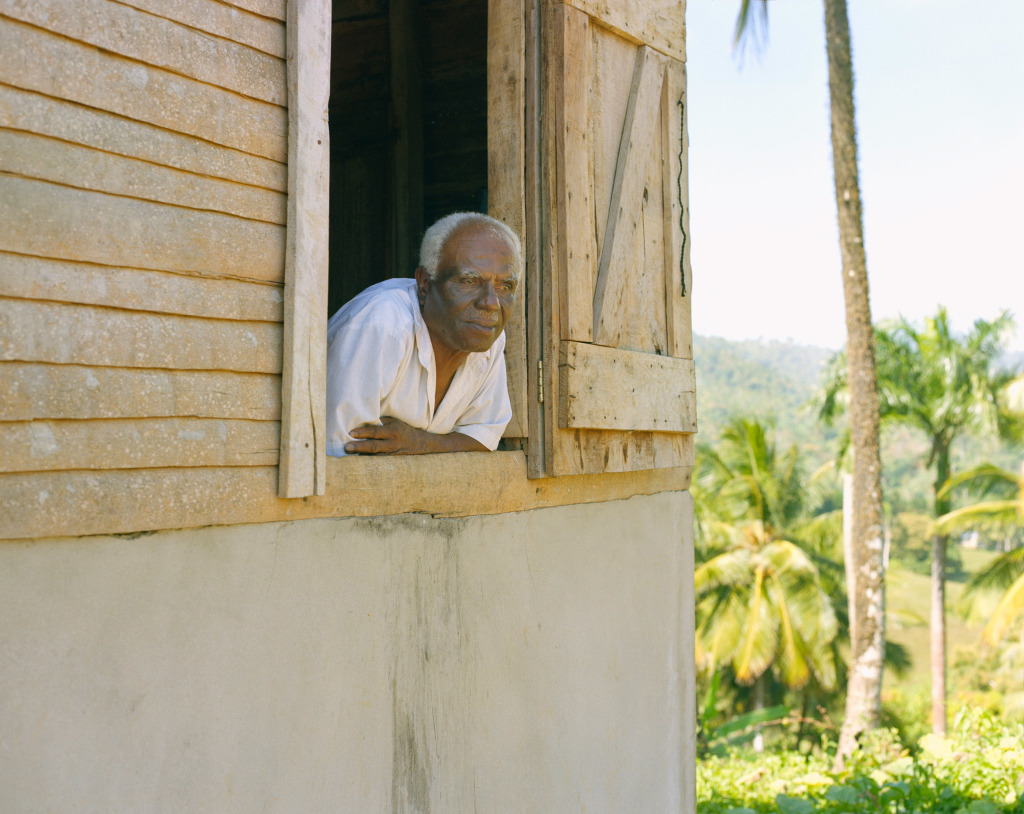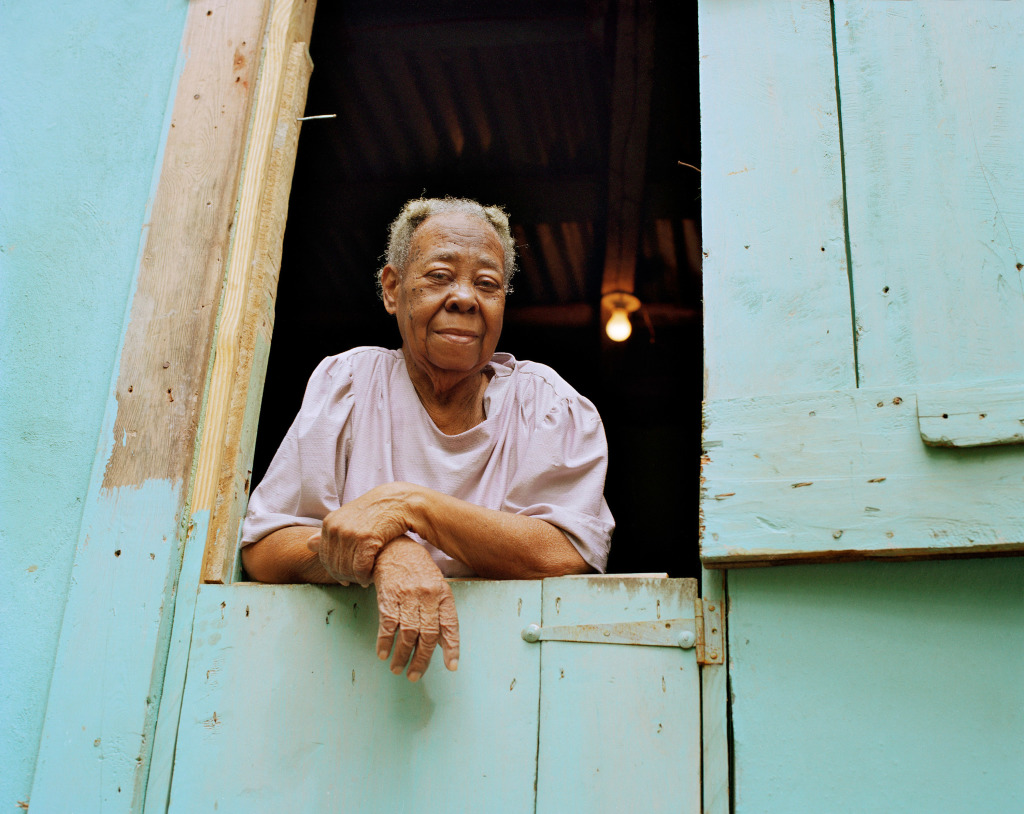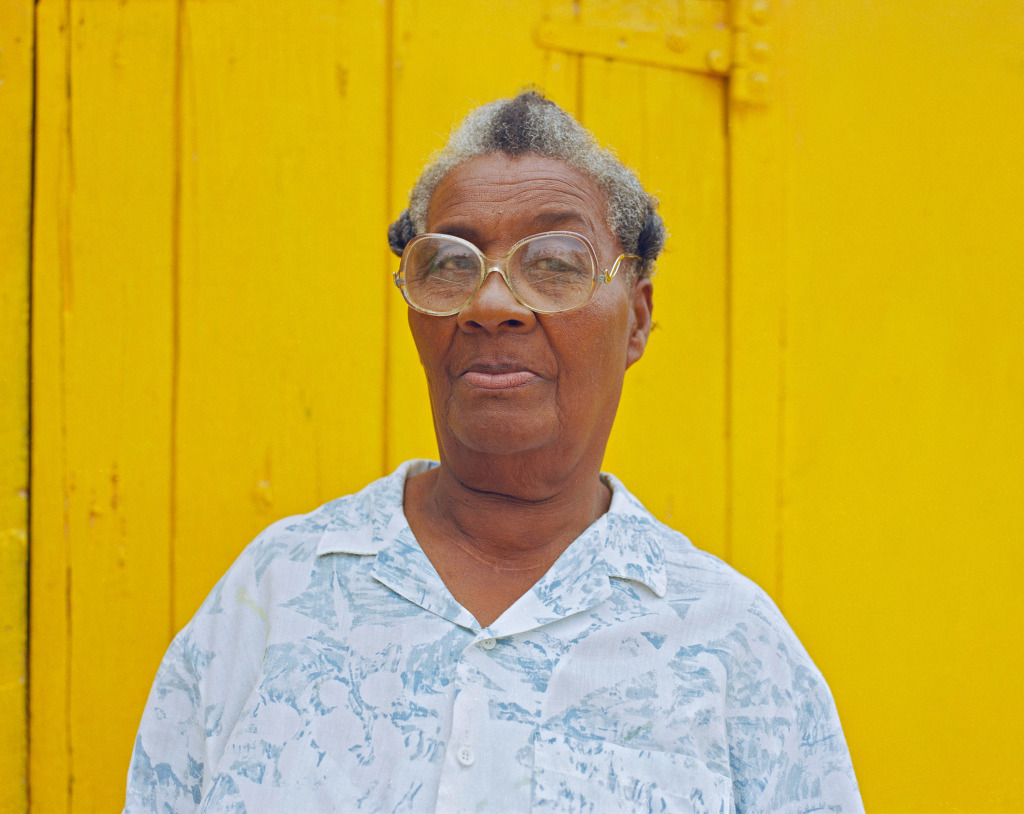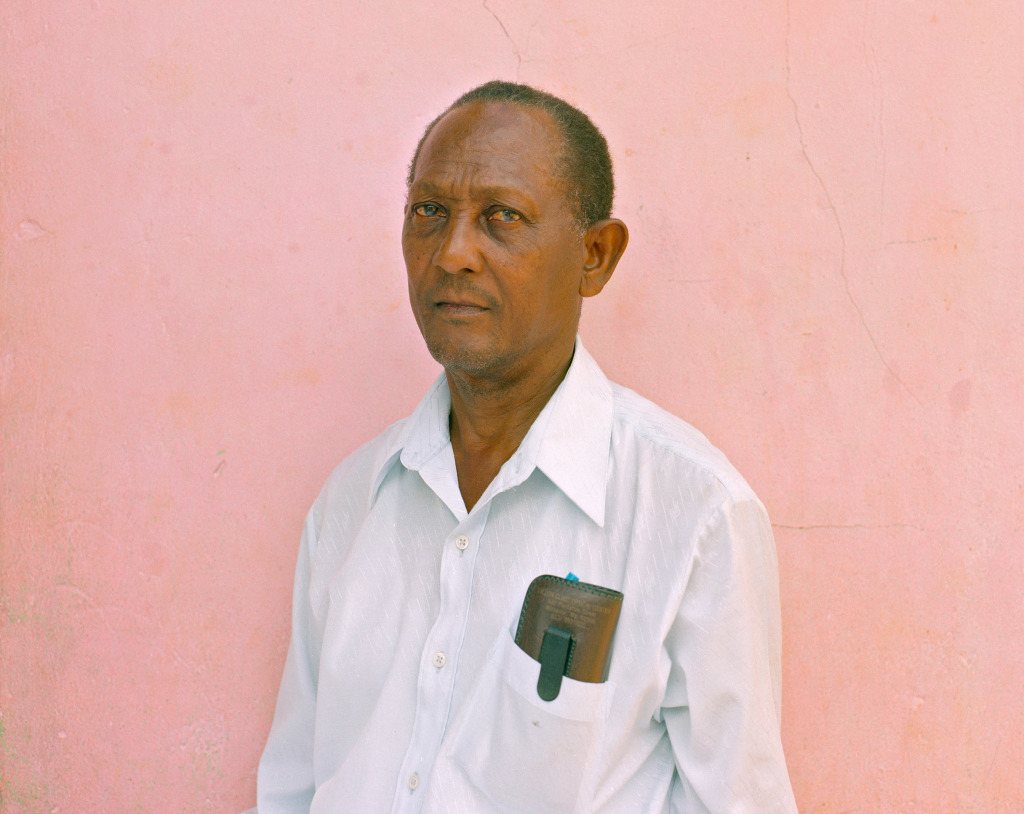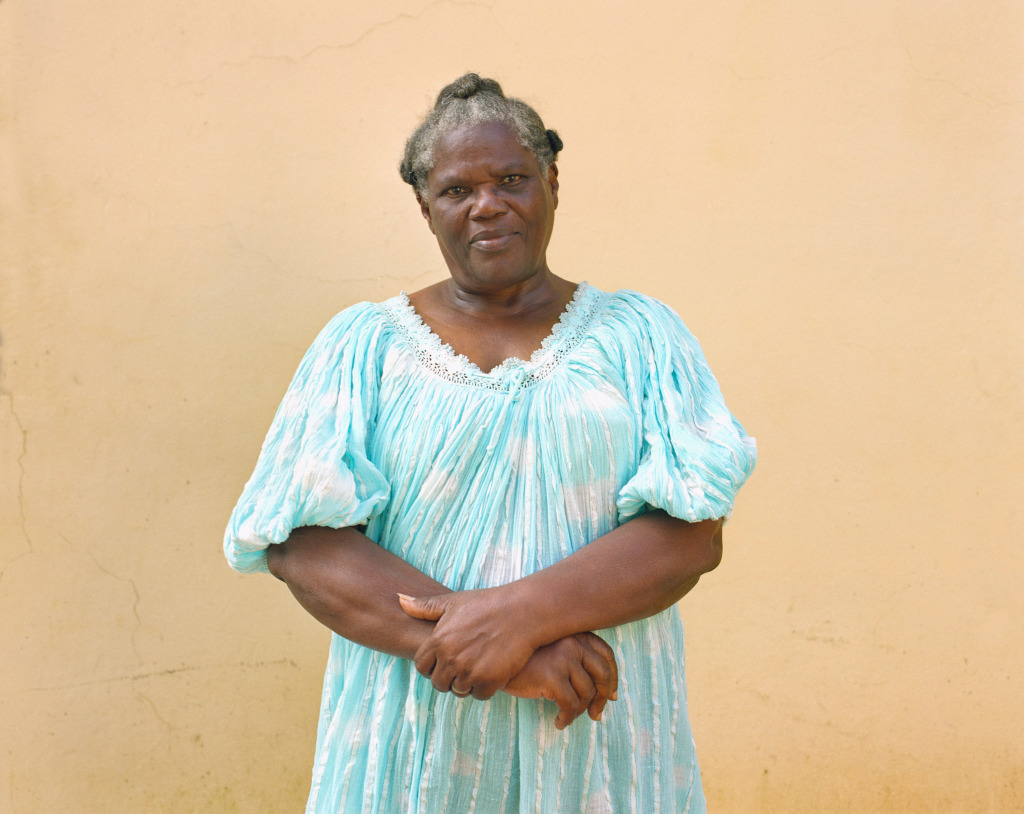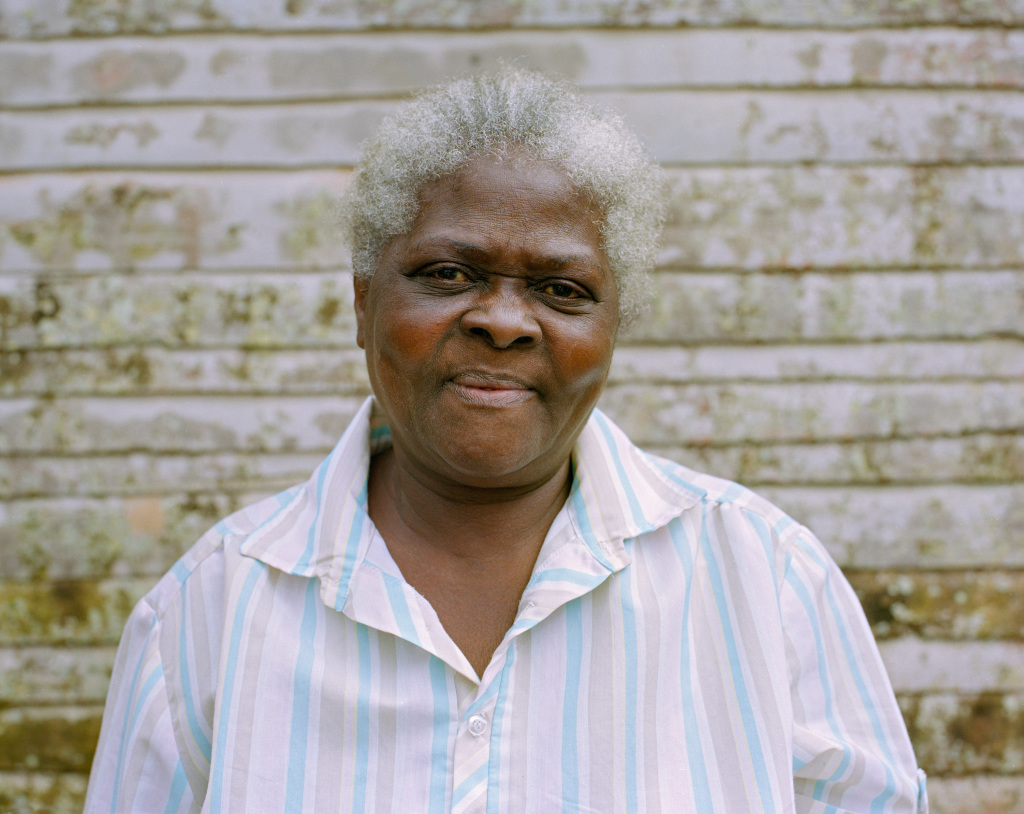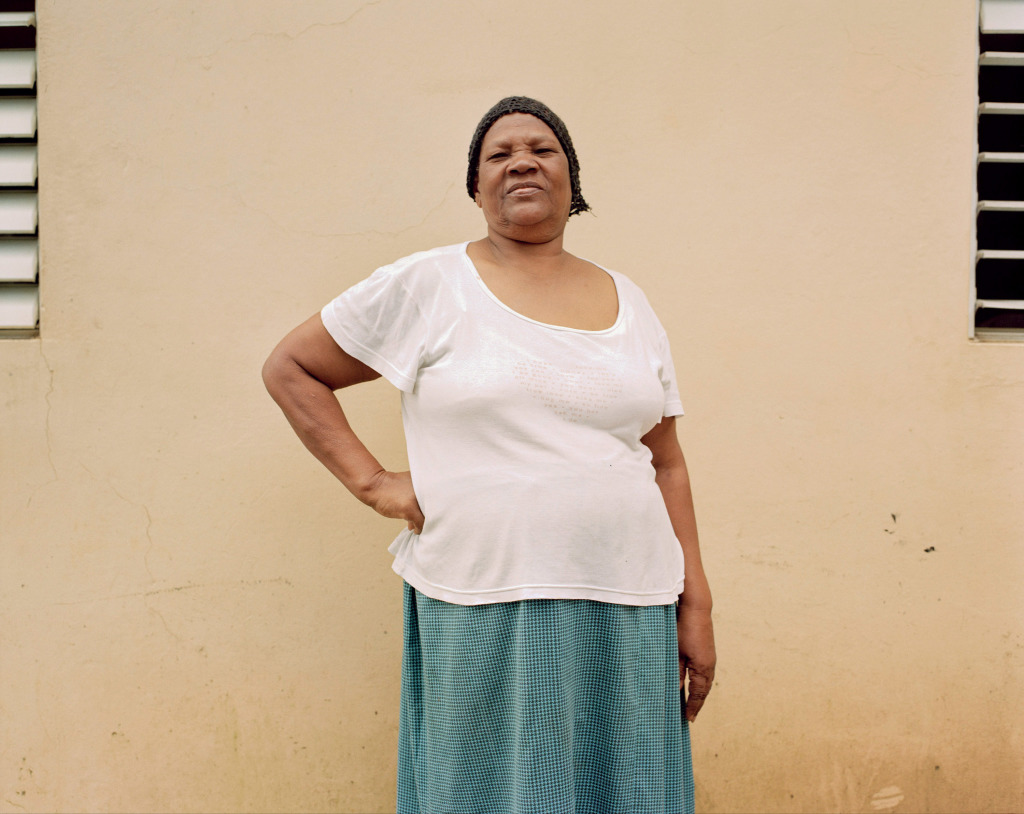


The Americans of Samaná
On Samaná peninsula, in the northeast of the Dominican Republic, live the descendants of freed African American slaves. The original group of about 34 families came in 1824 when the country had just been taken over by the newly independent black nation of Haiti. The scheme was initiated and financed by President Pierre Boyer of Haiti, with cooperation from the American Colonization Society (which had the dual motive of humanitarianism and the immediate expulsion of freed slaves.)
Although this caribbean nation is Spanish-speaking, about 8000 of the descendants still speak an American English from 1824. African American names, manners, music and some recipes like Johnny (or Journey) cake have been preserved among the increasingly homogeneous Spanish-Dominican culture. Unfortunately, the old American English is also threatened by “tourist English,” which is replacing many local languages not just in Samaná but throughout the world.
Although a linguistic and religious isolation — the “Americanos” are protestant — has maintained customs and group identity, it has also undermined full inclusion in the developing economy. Also, a succession of dictatorial governments have outlawed English, sabotaged local development, and even destroyed the historic downtown of Santa Barbara, the provincial capital, in a deliberate fire. Once skilled, prosperous, and united, a large number of today’s descendants are living in poverty. But, many still identify themselves as Americans and hope for repatriation, or at least some reunion with branches of their families in the United States.
Andrea Robbins and Max Becher 1999-2001
